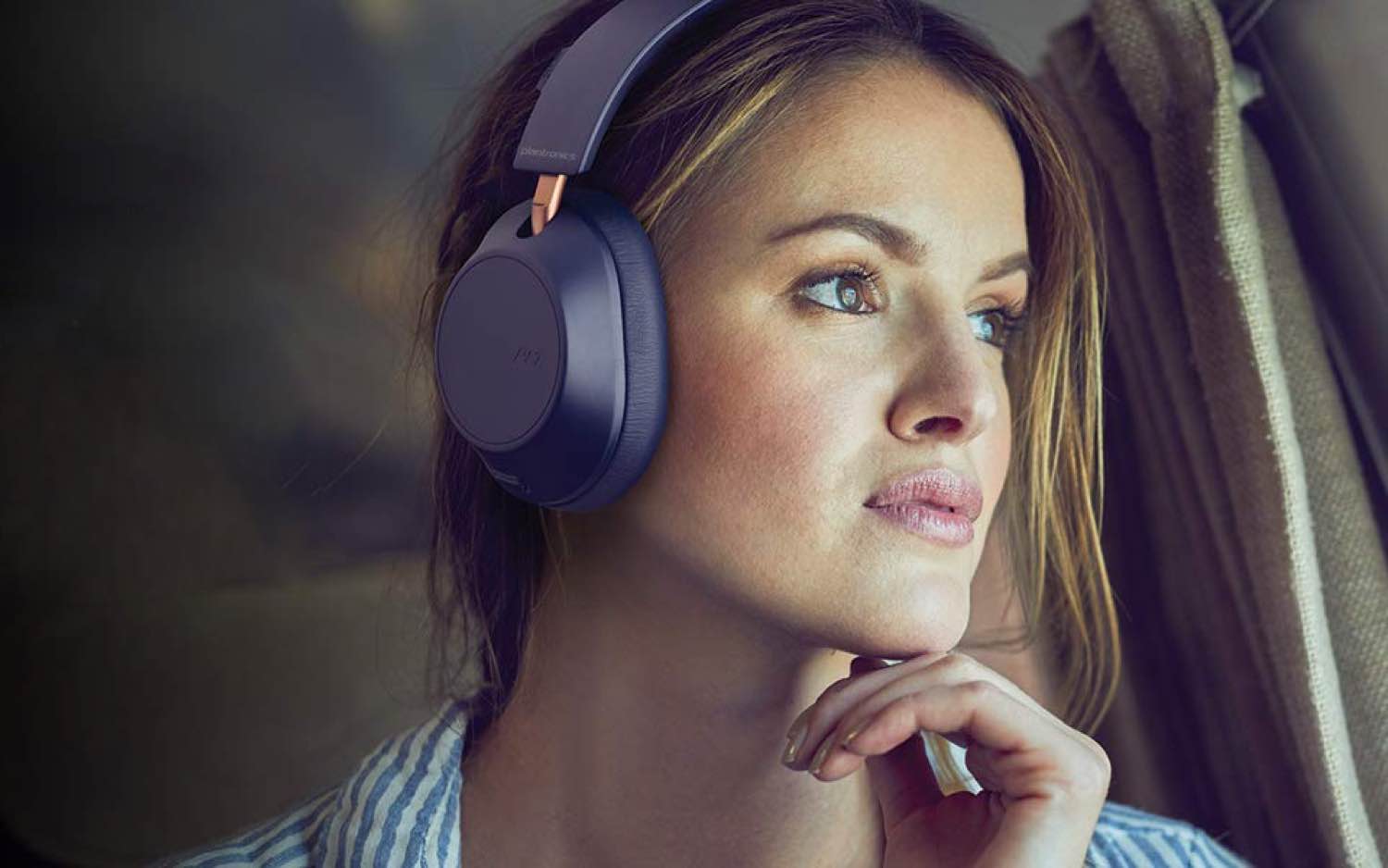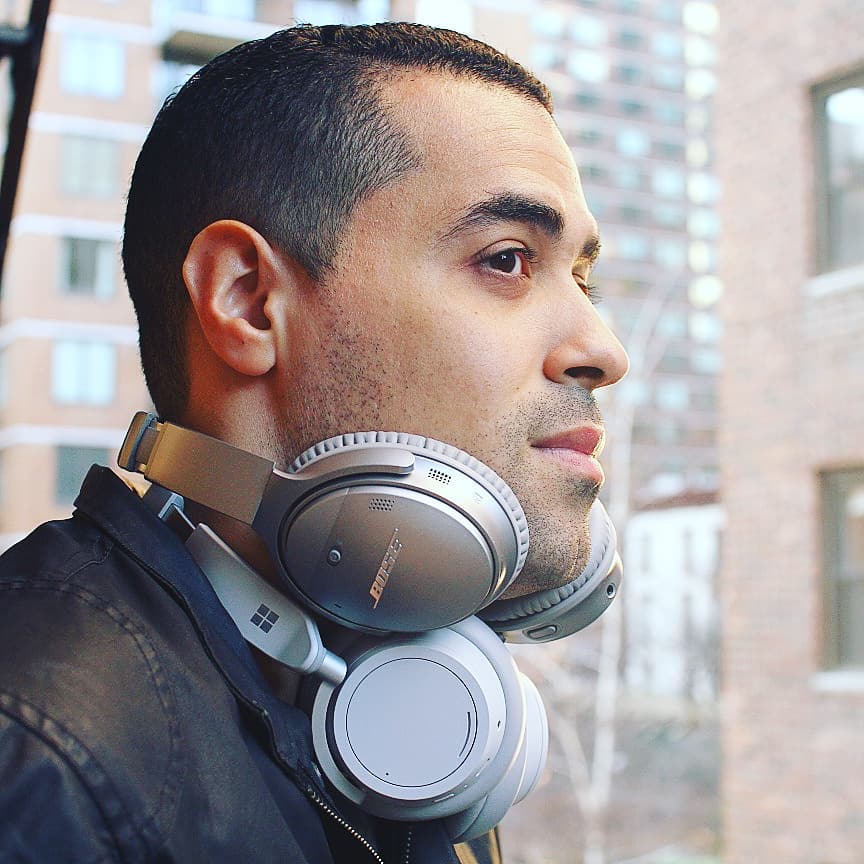Tom's Guide Verdict
Despite a few performance bugs, the Plantronics BackBeat Go 810 provides dynamic sound and modest noise cancellation at a great price.
Pros
- +
Loud, warm sound
- +
Dependable noise cancellation
- +
Lightweight, sturdy design
- +
Companion app with useful features
- +
Strong battery life
Cons
- -
Buggy performance
- -
No motion or touch controls
- -
Lacks premium appearance of competitive models
Why you can trust Tom's Guide
The BackBeat Go 810 stands out as a budget successor to the company's popular BackBeat Pro 2 SE. It’s a few years old now but compared to its contemporaries, like the Bose QuietComfort35 II and Sony WH-1000XM3 is price has absolutely plummeted to the point that this might just be the best-priced set of noise-cancelling headphones on the market.
Nowadays it's still worth paying for a top-quality pair, like the newer Bose 700 and Sony WH-1000XM4, but this effort shouldn't be ignored. Keep reading our original Plantronics BackBeat Go 810 review to find out why.
Plantronics BackBeat Go 810 review: Price and availability
Once nearly $200, the Plantronics BackBeat Go 810 now costs a mere $59. You can pick up a pair in either black or white, from retailers including Amazon and Walmart.
Plantronics BackBeat Go 810 review: Design
Plantronics settled on a clean, minimalist design that looks similar to but less premium than Bose's and Sony's designs. Fashion aside, the BackBeat Go 810 brings together comfy and robust materials to form a well-built frame.
Most of its construction is made from plastic, metal and silicone. The ear pads feature a faux leather that has a soft-touch feel when they're pressed against your ears. On top is a flexible, plastic headband padded with cloth – a unique addition that works just as well as stuffed padding. The most striking parts are the bronze-colored extenders, which are sturdy and give the headset some pop. All physical buttons have their own signature feel, making it easy to identify them.
While the ear cups swivel to the side for convenient placement around the neck, they don't fold inward, making these cans less portable than the QC35 II and WH-1000XM3. The plastic casing is also vulnerable to blemishes such as dirt and scratches, so you'll want to be careful when you're leaving these around.
Bundled with the headphones are an auxiliary cable, micro-USB cable, mesh travel pouch and Quick Start instruction card. What might draw your attention most are the three colors they come in: Black Graphite, Bone White and Navy Blue. The latter is the most attractive option and replicates the sleek presence of the QC35 II.
Plantronics BackBeat Go 810 review: Comfort and fit
At 7 ounces, the BackBeat Go 810 is lighter than the QC35 II (8.2 ounces) and WH-1000XM3 (9 ounces). The headset is slim and cozy, and comes with memory foam padding to accommodate all-day comfort.
The ear pads felt gentle on my ears and the headband gave enough support to keep them stable without adding any extra pressure to my skull. The oval shape of each cup was spacious, housed my ears safely and prevented chafing. Also, the extenders are lengthy enough to support larger heads, though you'll want to set the proper notch level to avoid slippage. I sported the headphones for 5 to 6 hours daily in relative comfort.
Plantronics BackBeat Go 810 review: Controls and setup
The control scheme is as standard as they come, with all functionality assigned to physical buttons. There is no touch panel, nor the company's smart sensor technology to autopause music when you're taking off the headset, however. Why Plantronics' signature feature wasn't included remains a mystery, especially since Microsoft and Sony are integrating similar functionality into their headsets.
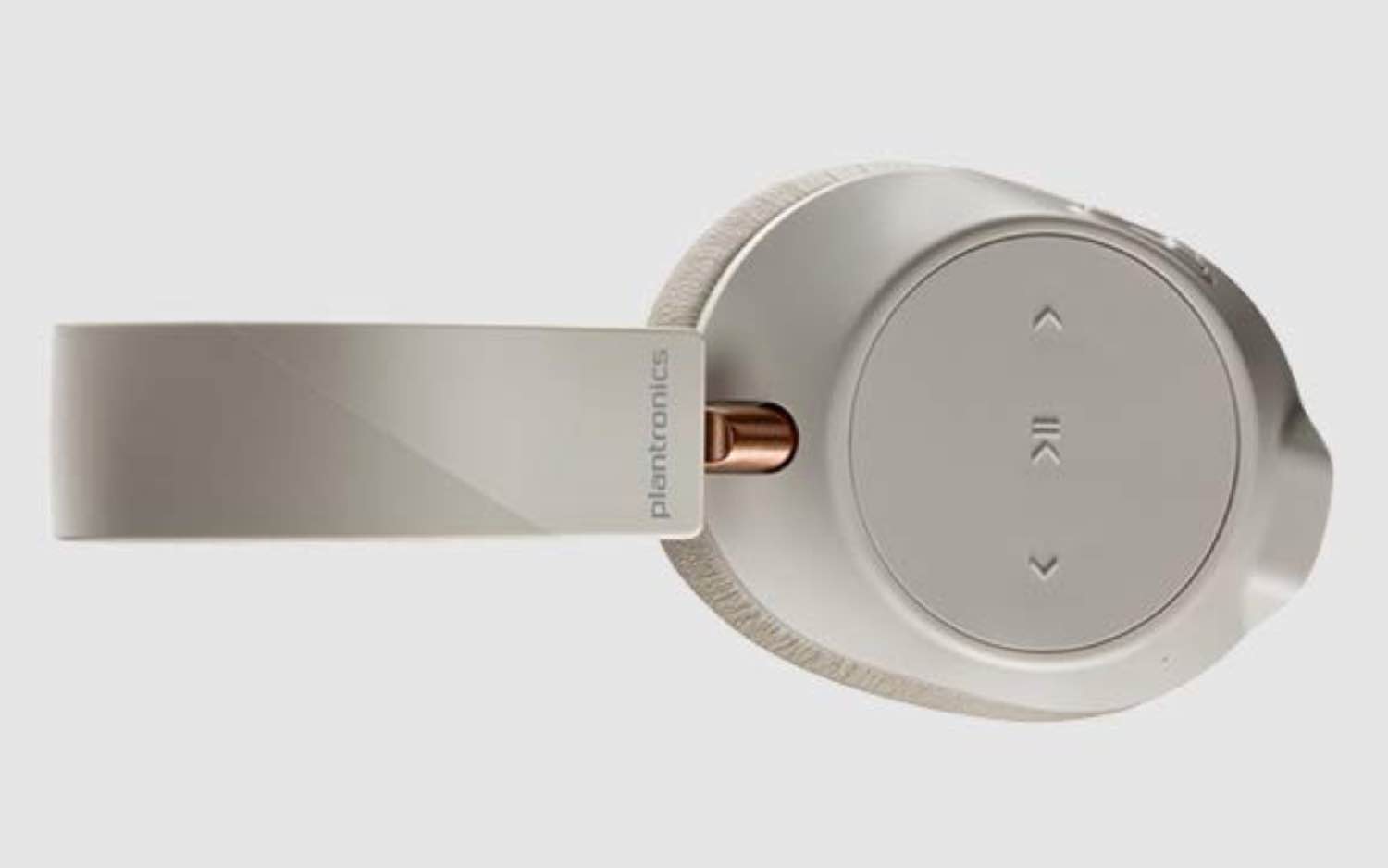
On the left ear cup, you'll find the control panel with three buttons: forward, skip and multifunctional button, which manages calls and playback. On the side are volume rockers, which also cycle through the noise-cancellation modes when held down together for 2 seconds. At the bottom, you'll see an audio jack and charging port. The right ear cup has a Bluetooth/power button, LED light and EQ button that switches between listening modes, plus mutes the mic during calls. All buttons have an accurate tactile response — especially the raised ones on the side.
Sadly, the headset suffers from control issues; oftentimes it paused my music on its own — without my touch on the MF button.
Pairing them to a compatible audio source is quick. You just toggle up the Bluetooth button to enter pairing mode, which instantly brings up the headset on the available devices list. Select PLTB BGO810, and you'll be connected.
Plantronics BackBeat Go 810 review: Active noise cancellation
The BackBeat Go 810 won't match the active noise-cancelling performance of Bose, Sony or even Microsoft's headphones, but the headset's noise cancellation is decent enough to block out nearby rumblings.
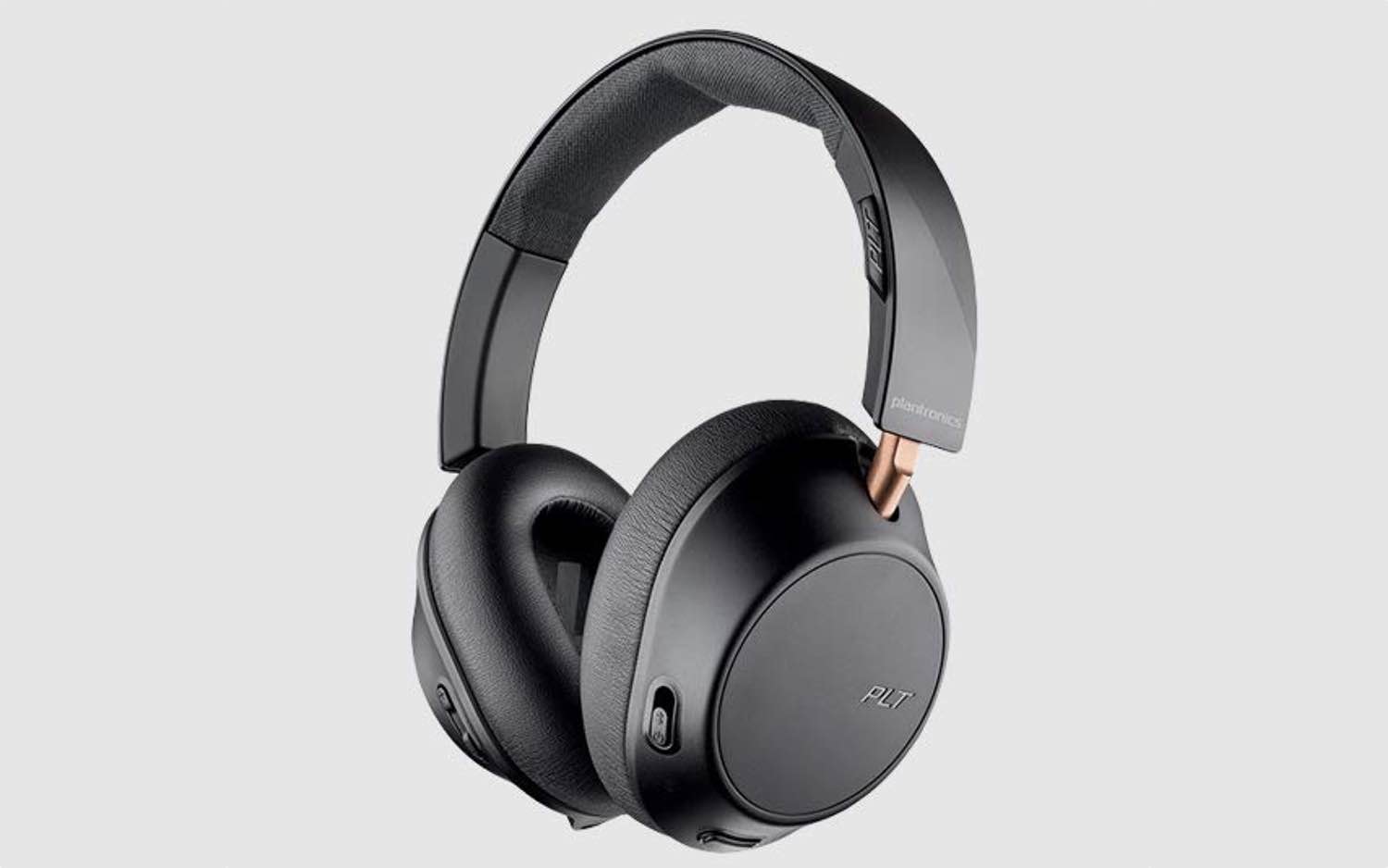
There are two modes for noise cancellation: low and high. The former is recommended for closed settings like offices or when you're surrounded by lots of chatter, whereas the latter performs better in noisy environments like airplanes and trains. I spent most of my time testing Low Mode, which provided solitude in my house: Cat meows were silenced and nearby conversations receded into the background.
High Mode was most useful when I was outside, although the mics picked up a lot of noise. I managed to silence the chatty couple sitting next to me on the train as well as wind flow from the tunnels. I was also impressed by how well it blocked out higher frequencies like those from my home theater system. Silencing the jackhammer noise from a nearby construction site proved to be more difficult, however. In addition, I noticed a crackling noise when enabling both ANC modes, but it was nothing that pulled me away from the music.
Plantronics BackBeat Go 810 review: Sound quality
In terms of audio quality, these cans fall more in line with the BackBeat Pro 2 SE than the QC35 II or WH-1000XM3. They're capable of producing loud, warm sound, though you'll want to keep ANC at the high level for the best listening experience.
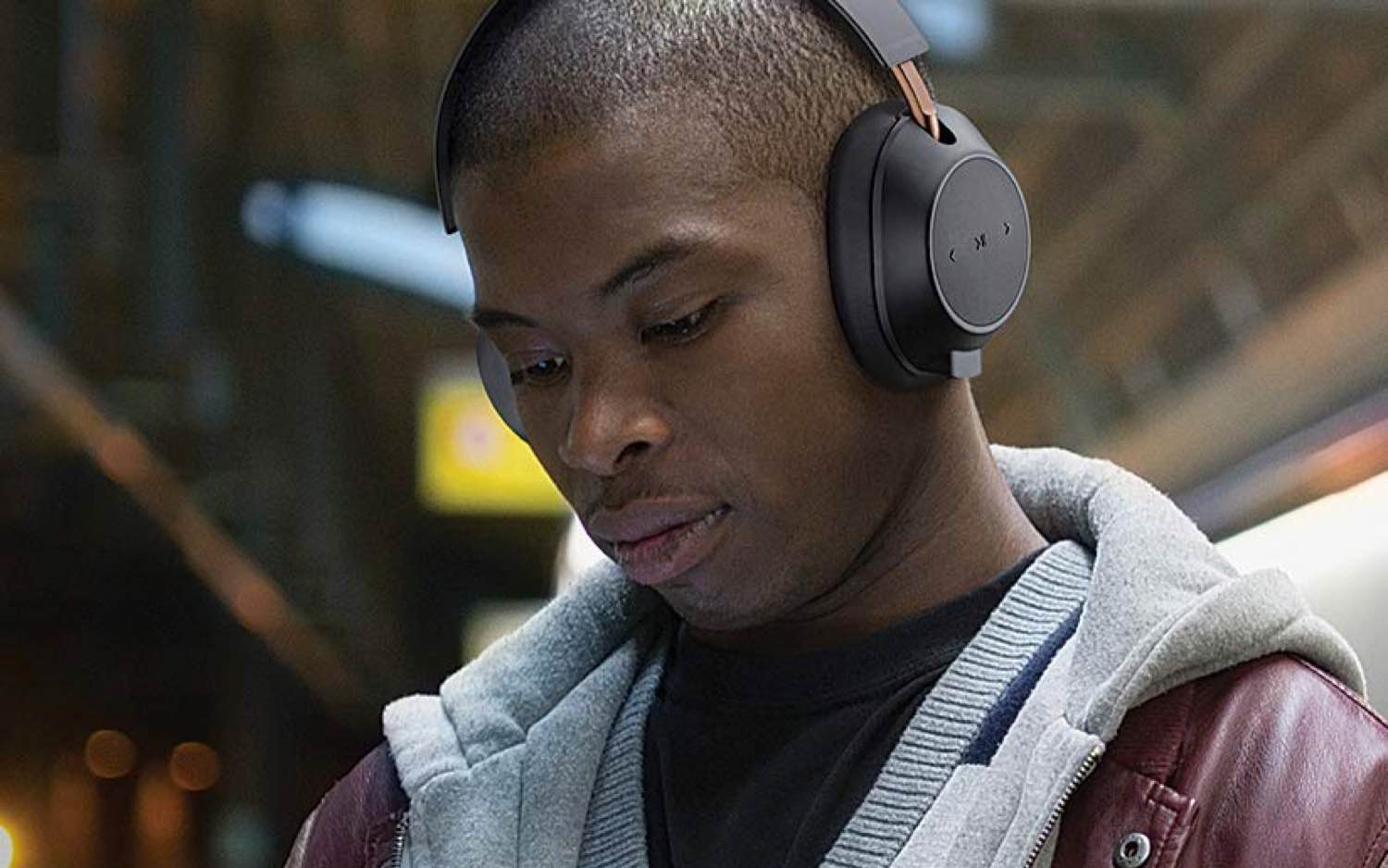
Tracks with heavy bass excelled on the BackBeat Go 810. A prime example was Travis Scott's "Butterfly Effect," which carried a strong, low-end presence that gave me goosebumps. The rapper's vocals sounded clear over the booming production. Even hard rock records like the Stone Temple Pilots' "Plush" were represented well. It was great listening to Scott Weiland's wicked vocal range as his voice soared over the song's monstrous guitar riffs.The acoustic version really showcased the headphone's midrange, capturing the singer's emotive state during the live performance.
One complaint I did have was the frequency balance – lows take precedence over mids and highs, therefore stripping certain records of detailing. The instrumental separation on jazz records like Ahmad Jamal's "Wave" was muddled, making it more difficult to identify certain instruments. Vocals on The Breeders' "Cannonball" were latent, making the lyrics sound garbled. Turning off ANC only worsened them, while also bringing down bass levels.
I was curious to see what the sound quality would be like when the headphones were connected to the aux cable, so I plugged the accessory into my laptop, and I was met with louder sonics. Bass and volume are kicked up a notch — maybe a little too high for my liking. I did encounter a bug when I used the cable, which crippled the headset's operation until I powered it off: A voice prompt would constantly repeat the power, battery and ANC status after playing a second of music.
Plantronics BackBeat Go 810 review: BackBeat app
The Plantronics app has an array of special features. The most useful was the EQ setting to personalize sound. Options to broaden the soundstage aren't as vast as what you'd find on the Cortana or Sony Headphones app, but Plantronics keeps it simple with two modes: Bright and Balanced. The former does an impressive job of enhancing clarity and detail, while the latter is programmed to produce neutral sound, even with the bass being accentuated.
The app lets you enable ANC levels, HD voice support for calls and the Find MyHeadset feature to help track misplaced headphones. Firmware updates also open the door for bonus features.
Plantronics BackBeat Go 810 review: Digital assistant support
Using Siri or Google Assistant on the BackBeat Go 810 takes you on a bumpy ride. Both voice-activated AI bots are capable of executing numerous hands-free commands. That's not the problem – the difficulty lies in activating the feature through the headset. Holding down the play button for several seconds should turn on the digital assistant, but most times, it would only play/pause my media. When I did get around to using Google Assistant, the mics registered most of my inquiries. There was some crackling present as well, while I waited for the program to return results.
Plantronics BackBeat Go 810 review: Battery life
The battery on these cans holds up well. Plantronics advertises 22 hours with ANC mode on and 28 hours in standard mode. That's pretty accurate, since the headphones lasted around 20 hours with noise cancellation on. It still falls short of the WH-1000XM3 (30 hours), however, but it remains equal to the QC35 II (20 hours). I enjoyed several hours of daily use before I had to recharge, which took about 90 minutes. Even better, the headphones come fully charged right out of the box and help preserve juice when you use the Plantronics app to reduce ANC operation on the headset.
Plantronics BackBeat Go 810 review: Call quality and connectivity
The BackBeat Go 810 served as a reliable calling headset. Conversations sounded crisp and loud on both ends. Even outside in drafty conditions, the headphones produced clear audio. You'll need to make sure ANC is turned off, or else the mics will amplify any ambient noise around you. I could hear some echoing on my end, along with the clatter of my keyboard when I talked and typed simultaneously. Vocal clarity was improved when I used the HD Voice mode.
Another advantage these cans have over most of the competition is Bluetooth 5.0, which connects to multiple devices simultaneously, improves range and saves energy. I appreciated being able to switch between my laptop and smartphone, interference free. Most headphones supporting Bluetooth 4.2 usually get me about 30 feet of wireless listening, but the BackBeat Go 810 surpassed that by about 10 feet before I experienced dropout.
Plantronics BackBeat Go 810 review: Verdict
For less than $60, the Plantronics Backbeat Go 810 presents excellent value. It offers far more in performance than most subluxury headphones, backed by solid sound quality, strong battery life and trustworthy noise cancellation.
However, the headphones aren't perfect. I was disappointed that the brand's smart sensor technology was missing. The bland design doesn't compare to the deluxe appearance of the QC35 II or WH-1000XM3, plus there are bugs that need to be worked out.
Overall, the BackBeat Go 810 gets much more right than it does wrong, and with potential firmware updates in its future, Plantronics can polish up these bad boys for enhanced performance. And while you can score better noise cancellation and sound by splurging on sound silencers from Bose or Sony, the Go 810 delivers very impressive value.
A lifestyle journalist with an affinity for consumer products, Alex has over a decade of experience and has worked with popular publications such as Complex, Thrillist, Men’s Health, Gear Patrol, AskMen, and Hoop Magazine. He currently focuses on audio, reviewing the most coveted headphones in the market for both Tom’s Guide and Laptop Magazine.
